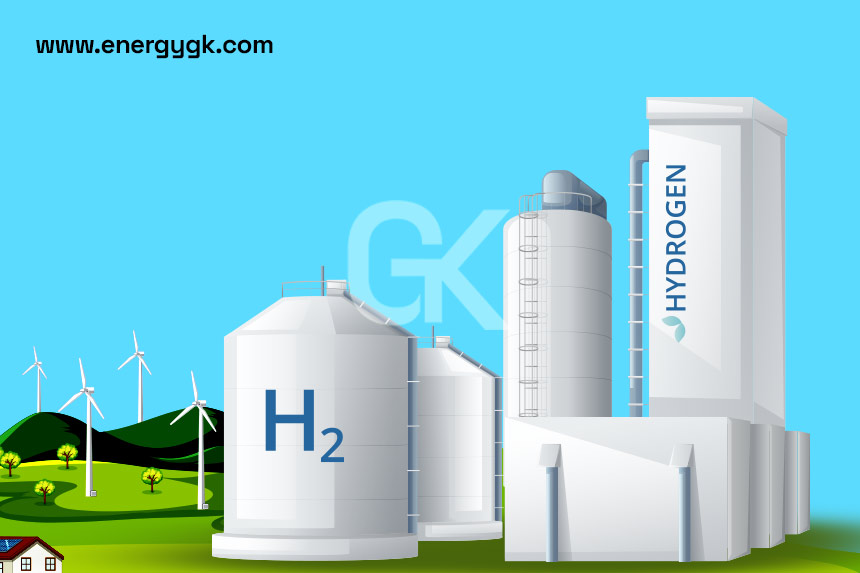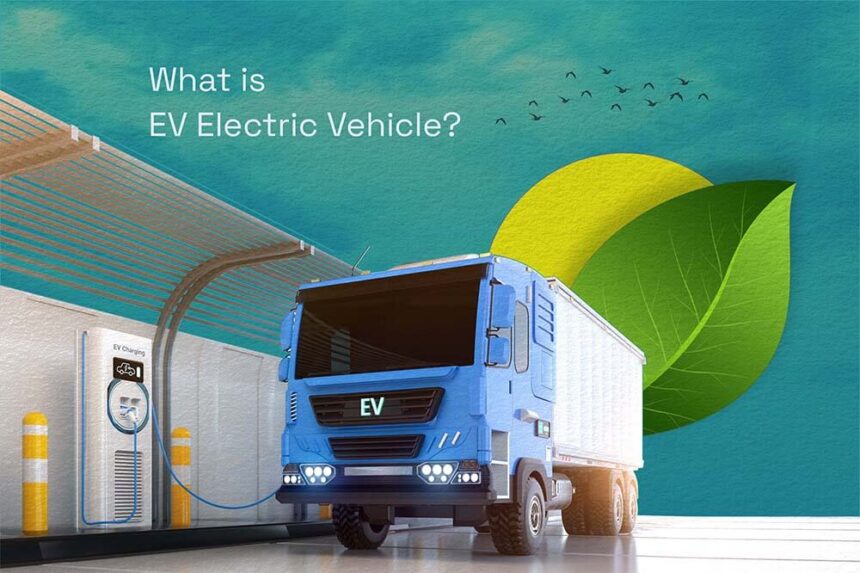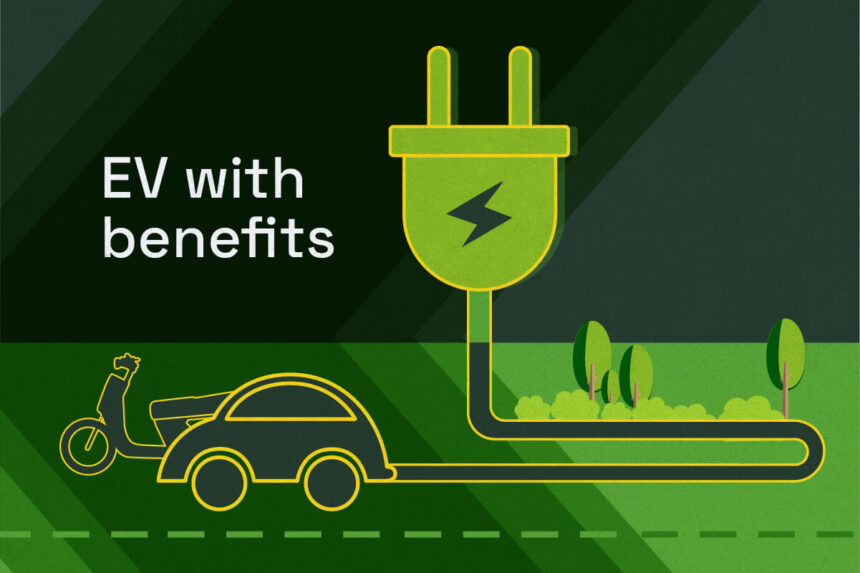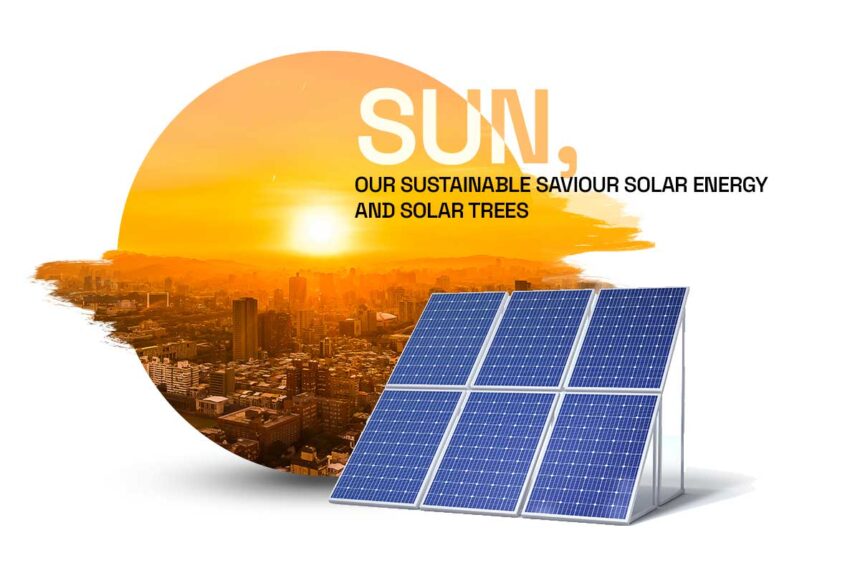The urgency of the climate change discussion has increased recently. It is evident that human activity has a significant impact on our planet as global temperatures rise sea levels rise and extreme weather events become more common. Our energy consumption especially the burning of fossil fuels which contributes significantly to the atmospheric build-up of greenhouse gases is the fundamental cause of this problem.
A move towards clean energy is necessary to tackle climate change. But how precisely does the use of clean energy contribute to reducing climate change? Acknowledging the Effects of Climate Change. Long-term variations in temperature precipitation wind patterns and other facets of Earths climate are referred to as climate change.
The rise in greenhouse gases which trap heat in the atmosphere such as carbon dioxide (CO2) methane (CH4) and nitrous oxide (N2O) is the main cause of the recent climate change. Most of these emissions come from burning fossil fuels for heat power and transportation.
Clean Energys Function.
Renewably supplied by natural processes or sources clean energy is also referred to as renewable energy. This comprises energy from biomass solar wind hydro and geothermal sources. When producing electricity these energy sources emit little to no greenhouse gases in contrast to fossil fuels. Adoption of clean energy can help reduce climate change in the following ways:.
Decrease in Greenhouse Gas Emissions:. The substantial decrease in greenhouse gas emissions is the main advantage of clean energy. Electrical power is generated without the release of carbon dioxide by solar panels wind turbines and hydroelectric power plants. For example each kilowatt-hour of electricity produced by wind energy substituted with coal can avert approximately 0. 99 kg of CO2 emissions from entering the atmosphere.
Reduction in Air Pollution:. When fossil fuels are burned pollutants like sulfur dioxide (SO2) and nitrogen oxides (NOx) are also released into the atmosphere adding to air pollution and health concerns for the general public. On the other hand clean energy technologies generate less air pollution which enhances both air quality and health results.
Energy Conservation and Efficiency:. Energy-saving and energy-efficient technologies are frequently included in clean energy systems. Energy management programs and smart grids for instance maximize energy use while cutting waste and emissions even more.
Economic Benefits:. The development installation and upkeep of renewable energy systems generate jobs when one invests in clean energy. This economic boom may encourage more localities to switch to renewable energy sources resulting in a positive feedback loop that lowers emissions even further.
Enhanced Energy Security:. Diversifying the energy supply through clean energy improves national energy security by lowering reliance on imported fossil fuels. Reducing the geopolitical tensions associated with fossil fuel resources and strengthening economies resilience to price fluctuations can be achieved through this approach.
Encouragement of Ecological Development:. Remote and underserved areas can now access energy without the negative social and environmental effects of fossil fuels thanks to clean energy which promotes sustainable development. This can raise living standards and help communities escape poverty while safeguarding the environment.
The Path Ahead.
It is imperative to acknowledge that the shift towards sustainable energy is not a universally applicable solution even though it is a necessary one. Since renewable resources differ by region careful planning and financial commitment are needed during the transition. This change involves the involvement of businesses governments and individuals.
Investments and Policy:. Policies by the government such as tax breaks subsidies and funding for research are essential to the development of renewable energy. Costs will decrease and clean energy will become more widely available with investments in renewable energy infrastructure and technology.
Enterprise Innovation:. Businesses may set an example by investing in sustainable practices and using renewable energy in their operations. Innovation and corporate responsibility can hasten the switch to clean energy.
Personal Activities:. Reducing energy use promoting clean energy legislation and selecting renewable energy sources when available are all ways that individuals can help. When millions of people are affected by small actions the impact can be significant.
Conclusion
One essential tactic in the fight against climate change is the adoption of clean energy. Clean energy provides a route to a healthier more resilient Earth by lowering greenhouse gas emissions enhancing air quality and encouraging sustainable development. Adopting renewable energy sources is not just a choice but rather a necessity for our future as we tackle the challenges posed by climate change. Innovation investment and group effort are needed to make the switch to clean energy. By banding together we can create a sustainable energy future that saves the environment and guarantees future generations a good quality of life.






